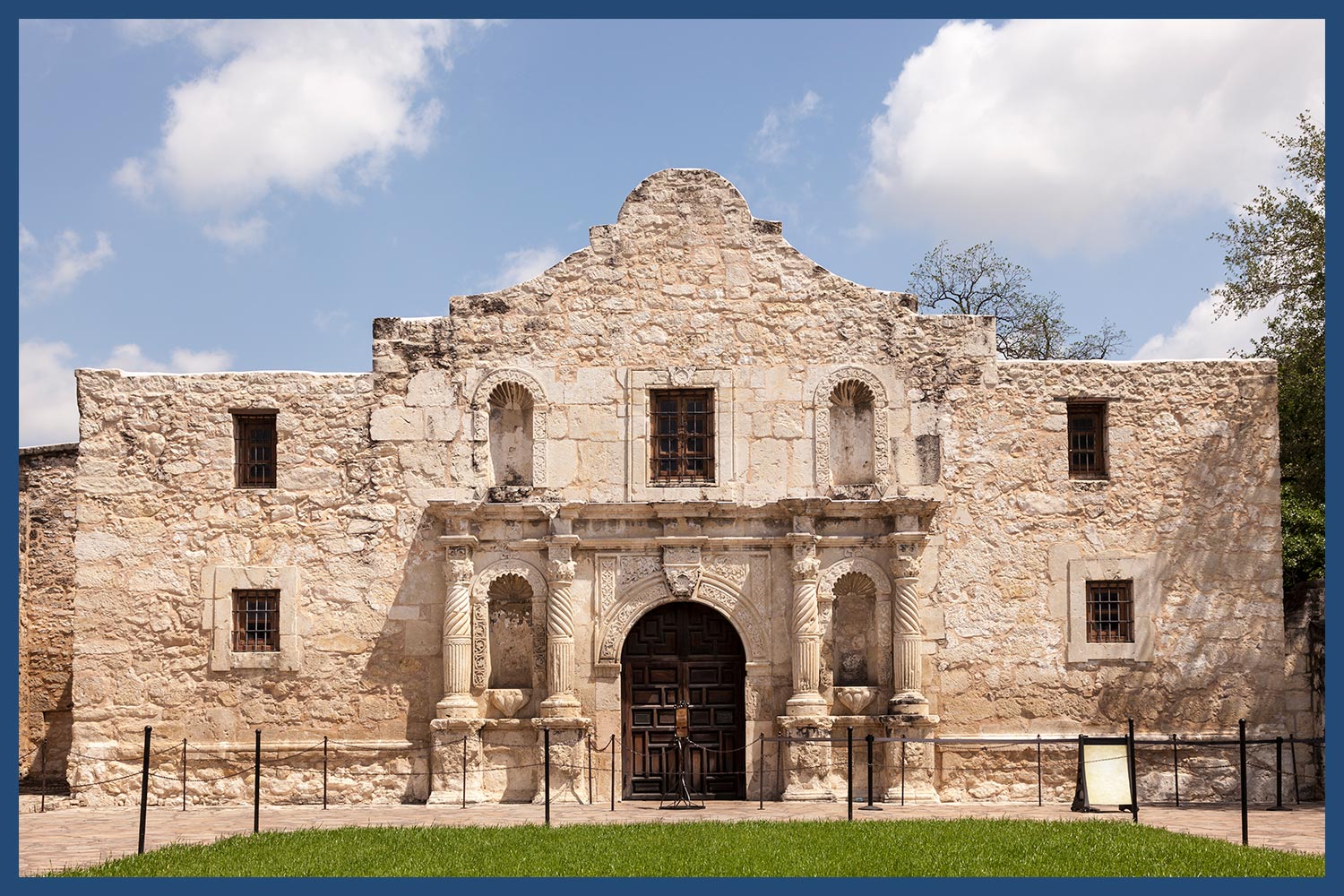Understanding architectural styles is key to appreciating the built environment around us. From the soaring heights of Gothic cathedrals to the sleek lines of modern skyscrapers, each style reflects a unique blend of cultural, technological, and aesthetic influences. This exploration will delve into some of the most prominent architectural styles throughout history.
Classical Architecture
Classical architecture, drawing inspiration from ancient Greece and Rome, emphasizes symmetry, proportion, and the use of columns and pediments. Think of the Parthenon or the Roman Colosseum – these structures exemplify the grandeur and order of this style. 
Gothic Architecture
Characterized by pointed arches, ribbed vaults, and flying buttresses, Gothic architecture reached its zenith in medieval Europe. Cathedrals like Notre Dame in Paris showcase the soaring heights and intricate details of this style, a testament to the engineering prowess of the time. Learn more about Gothic architecture here.
Renaissance Architecture
The Renaissance, meaning “rebirth,” saw a revival of interest in classical forms. Renaissance architecture emphasizes balance, harmony, and the use of classical elements like columns, pilasters, and domes. [IMAGE_2_HERE] The dome of the Florence Cathedral is a prime example.
Baroque Architecture
Baroque architecture, flourishing in the 17th and 18th centuries, is known for its grandeur, drama, and ornamentation. Think elaborate facades, curves, and a sense of movement. The Palace of Versailles is a stunning example of Baroque extravagance.
Rococo Architecture
Rococo, a lighter and more playful offshoot of Baroque, emphasizes elegance, grace, and asymmetry. It’s characterized by pastel colors, delicate ornamentation, and a sense of lightness and airiness. [IMAGE_3_HERE]
Neoclassical Architecture
Neoclassical architecture, popular in the 18th and 19th centuries, represents a return to the principles of classical architecture. It emphasizes simplicity, order, and rationality, often incorporating elements like columns, pediments, and domes. The US Capitol Building is a notable example of Neoclassical design. Explore more examples of Neoclassical buildings.
Art Nouveau Architecture
Art Nouveau, flourishing at the turn of the 20th century, is characterized by its organic forms, flowing lines, and decorative motifs inspired by nature. Think stylized flowers, leaves, and other natural forms. [IMAGE_4_HERE]
Modern Architecture
Modern architecture, also known as Modernism, emerged in the early 20th century as a reaction against ornamentation and historical styles. It emphasizes functionality, clean lines, and the use of new materials like steel and concrete. Discover more about the Bauhaus movement. The Bauhaus school was highly influential.
From ancient temples to contemporary skyscrapers, architectural styles reflect the spirit of their time. Understanding these styles helps us appreciate the rich history and cultural significance embedded in the buildings around us.
Frequently Asked Questions
What is the difference between Baroque and Rococo architecture? Baroque is characterized by grandeur and drama, while Rococo is lighter, more playful, and emphasizes elegance and asymmetry.
Which architectural style is known for its use of pointed arches? Gothic architecture is known for its pointed arches, ribbed vaults, and flying buttresses.
What are some key features of modern architecture? Modern architecture emphasizes functionality, clean lines, and the use of new materials like steel and concrete.
How did classical architecture influence later styles? Classical architecture’s principles of symmetry, proportion, and the use of classical elements had a profound influence on Renaissance and Neoclassical architecture, among others.
What is Art Nouveau known for? Art Nouveau is characterized by organic forms, flowing lines, and decorative motifs inspired by nature.

